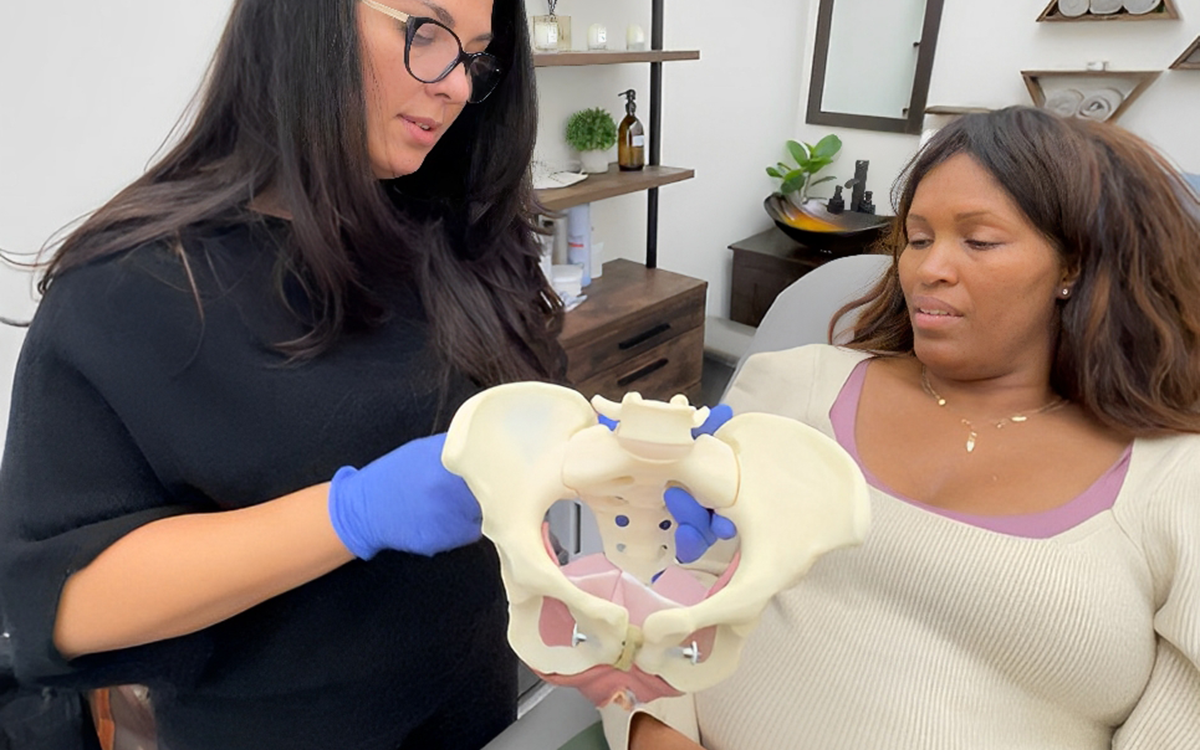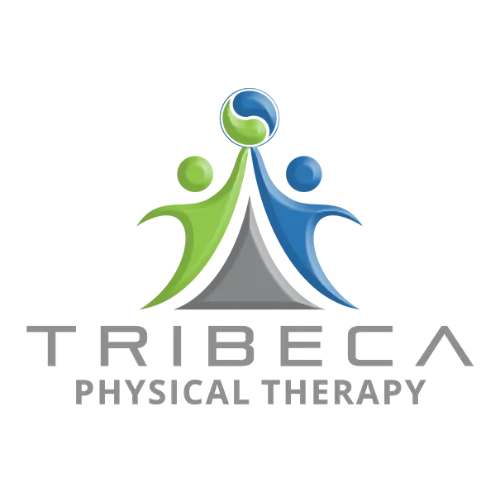Running Postpartum in Tribeca
During pregnancy, the body undergoes significant changes to accommodate the growing baby, impacting the muscles and posture. Following labor and delivery, the body must not only heal but also readjust to the absence of pregnancy. This readjustment involves addressing issues such as certain muscles becoming weak or elongated, while others may become tight or overstrained. The presence of relaxin, a hormone that increases joint laxity during pregnancy and childbirth, further affects the body’s stability.

How do I start?
Rehabilitation
To safely return to exercise after labor or delivery, it’s important to address any injuries and rehabilitate the muscles. Trauma from childbirth should not be overlooked, and our specialists can answer any questions about rehab. We prioritize ensuring proper functioning of the abdominal muscles and pelvic floor before engaging in high-impact activities.
Increasing Strength
Running necessitates a solid command over gravity, demanding strength in your core, hips, and legs to perform the necessary movements and exercises. Core training encompasses a spectrum ranging from basic breathing techniques to dynamic exercises like dynamic planking. Our specialized team will assist you in identifying and addressing any muscle imbalances between your left and right sides, reducing the risk of injuries. The focus is on achieving a sense of stability within your body. Considering the rapid changes your body has experienced, it’s important to feel comfortable and at ease with your movements before embarking on a running routine.
Return To Running Specifics In Tribeca
Triplanar strength
Running primarily occurs in the vertical plane, restricting movement to forward motion. However, rotational and side-to-side forces come into play when you land and push off. By strengthening the muscles responsible for stabilizing your body in these planes, you can enhance running efficiency and minimize the risk of injuries. Emphasizing variability in strength training is essential, as it improves postpartum stability and safeguards against running-related injuries.
Speed
Running, even at a moderate pace, involves rapid and dynamic movement. Your body needs to quickly adapt and respond to the changing forces involved. Incorporating a speed component into your strength training regimen is an effective approach for training your body to react swiftly to faster activities. This approach is particularly beneficial for individuals experiencing incontinence or the sensation of needing to urinate with impact. It provides a low-impact yet effective starting point for training your body to respond rapidly and improve control.
Jumping
Running involves impact, which can lead to issues. Training with jumping exercises strengthens hip and ankle stabilizers. Assess any urinary problems, pelvic pressure, or lack of control. Adjust training intensity to improve stability and control while running.
Drills
Running is a skill that can be improved through specific drills. Postpartum form changes can be addressed with running drills like high knees, butt kicks, and skipping in multiple motion planes. These drills enhance form, efficiency, and stability.
Intervals
Intervals are a fantastic method to reintroduce running at any stage. By incorporating running and walking intervals, you can strengthen and focus your body for short periods, followed by low-impact recovery. The interval ratios, such as 1:1 (run/walk) or 1:2, may vary based on your previous steps. Your progression will be determined by factors like your practice consistency, personal experience, and goals. Let’s lace up and get back into running!
Some things to keep in mind
Running demands considerable energy, and your recovery and fueling process may differ from your pre-pregnancy routine due to factors like childcare responsibilities and breastfeeding. It’s normal to experience differences in your running compared to before. Remember, your body requires time to recover from labor, delivery, and pregnancy, so be gentle with yourself. While it may seem challenging to return to something that was once effortless, these steps ensure safe running for everyone, not just postpartum individuals.
Customize each step according to your preferences and spend as much time as needed at each stage. Your muscle response to exercise will depend on your training pre- and post-pregnancy, along with prioritizing your recovery from labor and delivery. Listen closely to your body, paying attention to any symptoms like pain, discomfort, or pelvic issues. Our aim is to support you in safely resuming your running journey, so please reach out if you have any questions. As you set your future goals, we’re here to provide assistance every step of the way.
Start Running Again In Tribeca
Exercising can be so important for a mom’s mental and physical well-being. Moms need to be provided with thoughtful, evidence-based support to ensure their happiness and health throughout the postpartum period. We want to ensure that we get back on the road safely and without injury, if our goal is to run again. Reach out if you have any questions! As you set your goals for the future, we are here to support you.


